- Social Files by Tommy Clark
- Posts
- A simple writing framework to improve your content & tell better founder stories
A simple writing framework to improve your content & tell better founder stories
Promise, progress, and payoff.

Hey!
Welcome to Social Files—your no-BS guide to generating demand for your B2B product using social & content.
Hope you had a great weekend. Per usual, I spent mine catching up on some reading. I’m about ~80% of the way from Demon in White—book 3 of The Sun Eater series. This book might be in my top 5. The series definitely is. If you're looking for a science fantasy read, highly recommend.
Now, let’s talk content. Today, I want to walk you through one of the most critical aspects of storytelling in your posts. If you're able to nail this in every post you publish, you will see an uptick in performance.
(This framework applies whether you're posting on LinkedIn or another platform).
Shall we?
🔎 DEEP DIVE
A simple writing framework to improve your content & tell better founder stories
Promise, progress, and payoff.
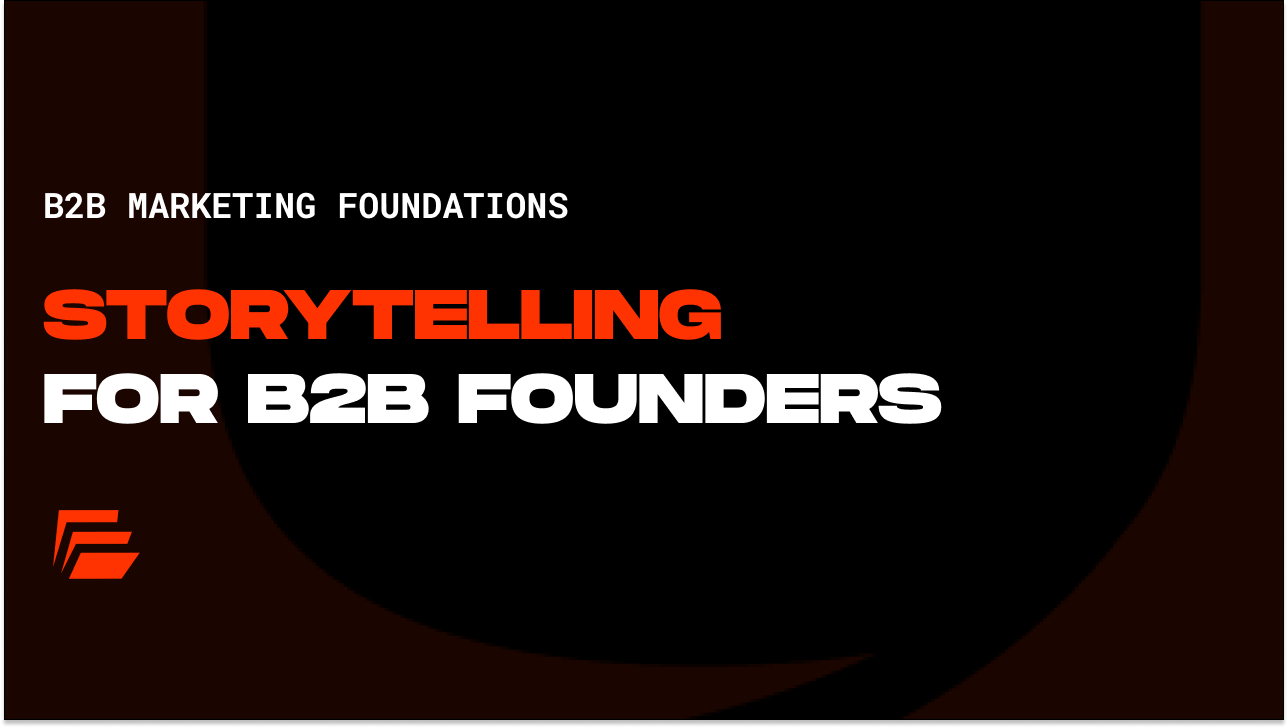
According to New York Times best-selling author, Brandon Sanderson, every great story has three components: promise, progress, and payoff.
Promise: Think of this like the ‘hook’ of the story. What is going to get a reader to commit to a book? You have a few pages to get someone to stick.
Progress: This is the plot of the story. The things that happen to get your characters from the promise to the payoff at the end. What beats & events happen that keep the reader turning the page once they’re in?
Payoff: most great books—and I only say ‘most’ because I’m sure there’s some edge case out there—deliver on the initial promise with a satisfying payoff. Failing to do so would be the literary equivalent of clickbait.
You can, and should, use the same framework in your founder-led social content to grow an audience faster, and create better-performing posts.
In today’s essay, we should focus on only one of the three Ps. The most important. The promise you make to the reader.
The promise part of the formula is the most important to nail when you're writing content for social timelines.
If we look at the novel-writing world once more, you’ll see that a lot of the most compelling books have killer promises.
For example, I’m reading The Sun Eater series right now. The first book, Empire of Silence, pretty much starts off with Hadrian Marlowe, the protagonist, saying, “Hey, I blew up a star, wiped out a dangerous alien race, and killed two billion people.” As a reader, your response is: How? Why? What happened?
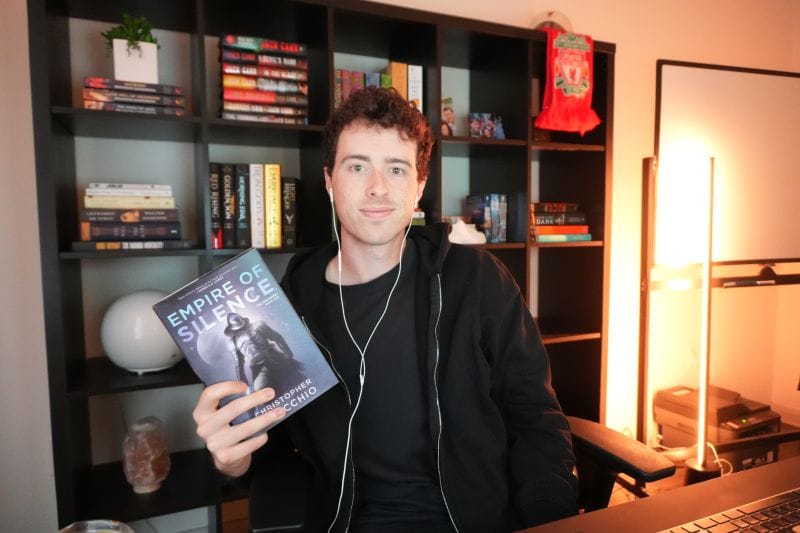
Well, you spend the next seven books and two novellas finding out. So that promise needs to be compelling enough to get someone hooked.
The ‘promise’ in your social content is your hook. The first 1-3 lines of your LinkedIn post. The first 1-3 seconds of your short-form video. If you botch this, the reader keeps scrolling, and your content ends up in the abyss.
If I could give just one piece of advice for making your promise more compelling, it would be to make it more intense and specific. Most founders, especially on LinkedIn, post sterile slop. Even the ‘stories’ they share make me yawn.
Regarding specificity, when you're able to speak the language of your ideal reader, you turn that content into a magnet for them. Going back to the novel examples, one type of promise you can make in a book is a ‘plot promise.’ What type of story is the book going to be?
In The Will of the Many by James Islington, you're reading an epic fantasy telling the story of the protagonist, Vis, as he’s on the run from the empire that conquered his homeland and murdered his family.
If you're looking for a fantasy read about an exiled protagonist, you're going to read on. If you were in the mood for a technothriller or a romantasy (lol), you'll likely put the book down. Your promise helps the reader understand what they’re getting into. The right promise is magnetic.
See how this works?
Cool, now let’s see how we can apply making promises to making better posts. Here are a couple of examples of pieces that do this well.
This origin story from Paddy Lambros, co-founder of Dex, nails the promise.
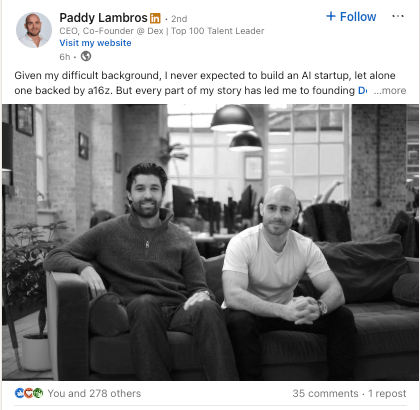
“Given my difficult background, I never expected to build an AI startup, let alone one backed by a16z. But every part of my story has led me to founding Dex.
I grew up around drugs, alcohol, and violence. I was expelled from multiple schools, medicated for ADHD, and stabbed at school when I was 14 (a story for later). I only finished school because they were worried I'd sue.”
The promise: Paddy is going to tell the story of how he went from such a troubled background to founding a promising company. The reader understands they’re getting into a comeback story about the founding of a company. And the specific details create intensity:
Expelled from multiple schools
Medicated for ADHD
Stabbed at school (holy shit)
But Tommy, I don’t have this insane backstory? How is this supposed to work for me?
How did I know you’d ask? 🙂 You have a good point. The same idea applies, regardless of how flashy the original story is. The writing makes it flashy.
Here’s another example of a far more mundane story, presented with a powerful promise in the hook.
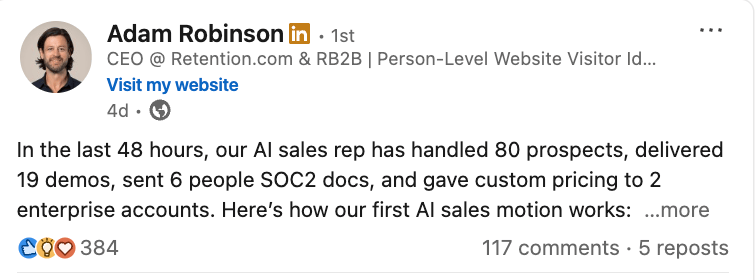
The promise: Adam is going to tell you how his AI sales rep handled 80 prospects, delivered 19 demos, and sent 6 SOC2 docs in 48 hours. Quite compelling to SaaS founders and revenue leaders, who happen to be Adam’s ICP.
Here are a few different ways this could have played out:
Bad: “Here’s how to use AI in your sales workflow:”
Yawn. Boring! There’s no narrative. No specific numbers. You probably used AI to write this post!
Okay: “Here’s how we use AI in our sales workflow to book more meetings:”
Better, but not great. Not even ‘good.’ I like that this angle uses a narrative versus a generic ‘how-to’ angle, but it’s still not compelling.
Good: “We used an AI sales rep to book 19 demos in the last 2 days. Here’s how it went down (bookmark this).”
Honestly, would do fine. But it’s just not as intense as it can be. The pacing and variation of the sentence structure are just ‘pretty good.’ This would be the hook I’d expect from a novice to intermediate poster who’s starting to get it. It wouldn’t make it through our internal review at Compound.
Great: “In the last 48 hours, our AI sales rep has handled 80 prospects, delivered 19 demos, sent 6 people SOC2 docs, and gave custom pricing to 2 enterprise accounts. Here’s how our first AI sales motion works:”
Exquisite.
Notice how Adam used multiple angles to strengthen the promise. He uses a narrative in the hook. In that narrative, he provides a specific timeframe. He uses not one, but several specific numbers that are tied to outcomes SaaS operators care about. He uses specificity in the text, too, citing ‘SOC2 docs’ and ‘enterprise accounts.’ And of course, he creates an open loop with the colon at the end of the hook.
Here’s yet another example, from yours truly. I ask every Content Writer candidate about a recent book they’ve read as a way to gauge their interest in the written word. I decided to share that in a post. The way I framed the promise of the story manufactured engagement. Here’s how.
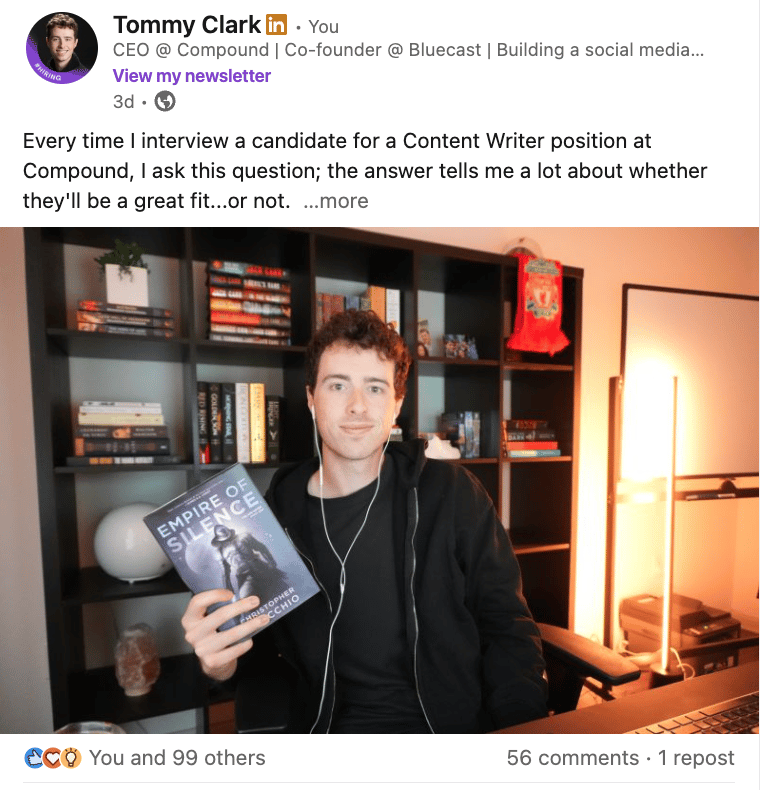
Hook: “Every time I interview a candidate for a Content Writer position at Compound, I ask this question; the answer tells me a lot about whether they'll be a great fit...or not."
The promise: Per usual, I framed the post as a narrative. I use specific language around the Content Writer position, calling out my ICP by name. Then I allude to “this question” that determines whether a candidate moves on. For writers on the market, learning what this question is would help make them more appealing to employers. The “…or not” at the end adds to the intensity without being too cheesy. See how that would drive them to click “see more?”
A less compelling version of this promise would be something like “Here’s how to make yourself stand out in an interview.”
Not specific to my ICP. No reason to believe me—who am I to be giving broad interview advice?
If you take nothing else from this piece, let it be this.
The strongest hooks make the best promises. They do this by being intense and specific.
If your posts are not hitting the way you went, you are either being too sterile or too broad. Your ICP is not reading your first few lines and thinking, “I have to read this.”
Hope this helps.
🗃 FILE CABINET
Here’s my favorite marketing and business content I bookmarked this week.
I Studied 1,000 Founders on LinkedIn, Here’s What Made Them Win by Tommy Clark 🎥
How to build a team that can “take a punch” by Lenny Rachitsky 🎥
The Inner Game of Tennis by Timothy Gallwey 📕
Check these out.
BEFORE YOU GO…
As always, thanks for allowing me into your email inbox every week.
More from Social Files:
Talk soon,
Tommy Clark